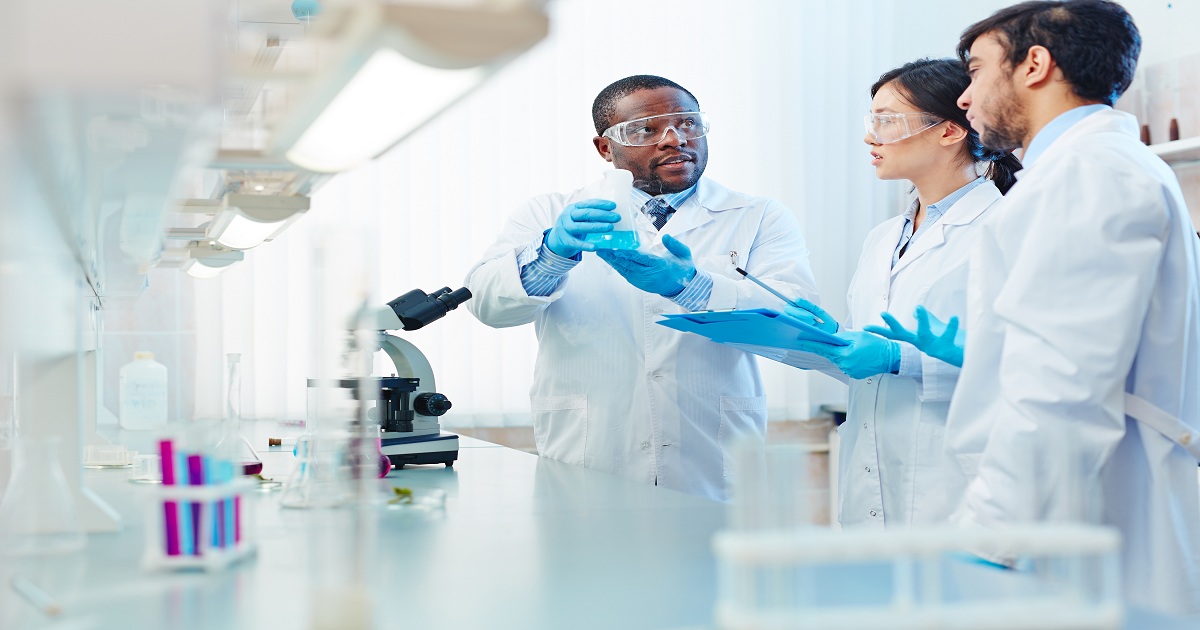New software could run the lab of the future
Chemical & Engineering | March 19, 2018

Robots have repeatedly demonstrated that they can do the work that humans do. And chemists haven’t escaped this automation trend. Food, pharmaceutical, and other industries have sped up routine processes by using robots to sample and analyze products. Chemists have deigned programs like Chematica to let computers plan synthetic routes. Research groups have even demonstrated nearly autonomous systems that use machine learning to design, carry out, and evaluate experiments.But the cost and complexity of some of these systems make them unattainable for many chemistry labs. At the American Chemical Society national meeting in New Orleans on Sunday, Alán Aspuru-Guzik of Harvard University described a free software package called ChemOS that he developed to make the tools of automation available to more scientists. “If you look at the chemistry lab of the 16th century or even the 21st century, you will see the same thing,” in terms of how chemists run experiments, Aspuru-Guzik says. “Nothing has changed really. If we really want to rethink discovery, we need to rethink the laboratory.”ChemOS uses machine learning to interpret commands from users and then plan, execute, evaluate, and refine experiments. It can communicate with humans through email or programs like Slack and Twitter.